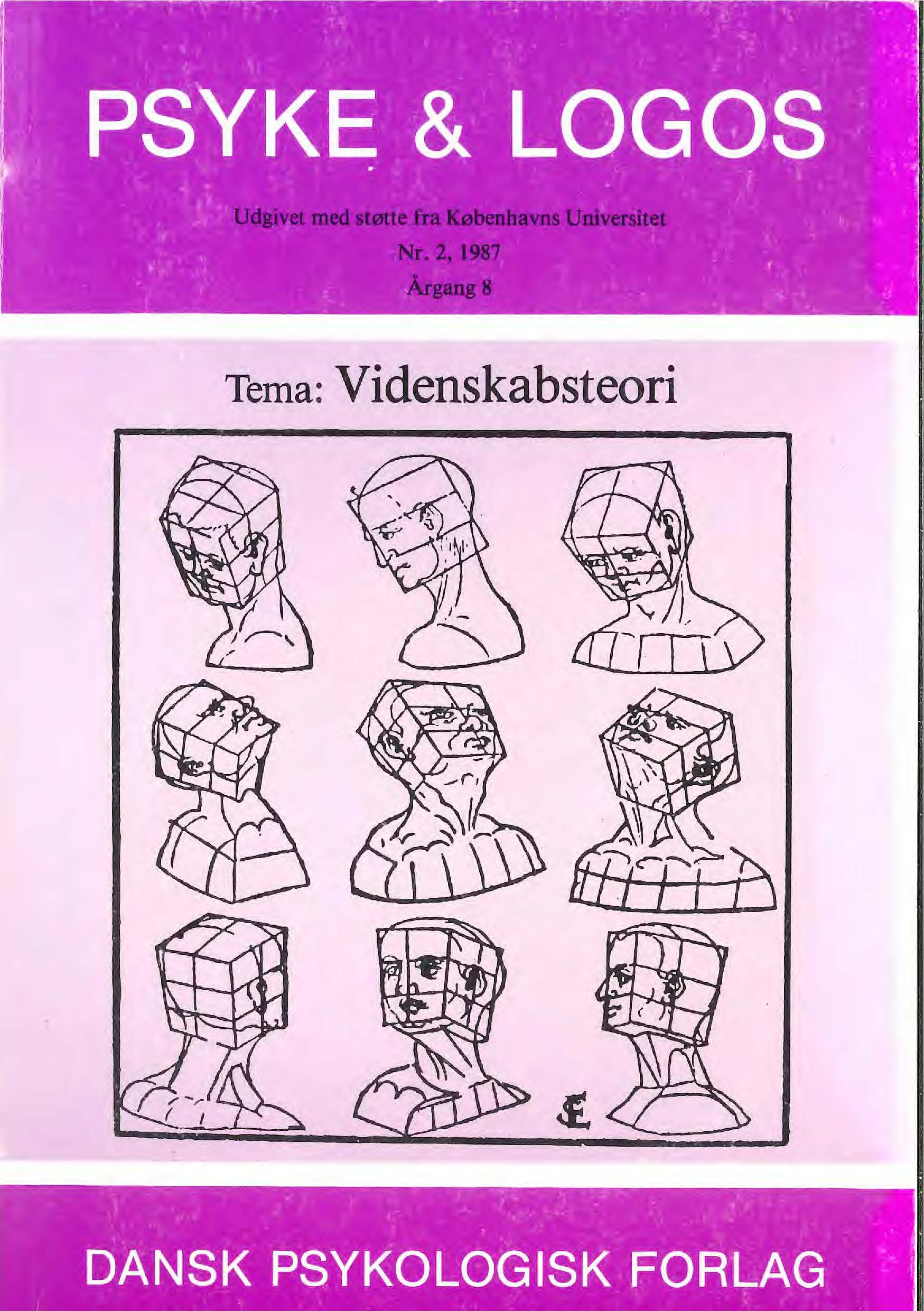Det komparative problem:
Hvad er forholdet mellem humanpsykologi og dyrepsykologi?
DOI:
https://doi.org/10.7146/pl.v8i2.135290Abstract
Science depends on comparisons, be it between hypotheses and observations or between numerable units and different scales of measurement. Tue so-called comparative problem of the lifesciences - including psychology - is only different from the comparison problems of other sciences in that comparisons are here made between different animal species, their organ structures and functionel properties of organs as well as between parts of their behaviour repertoires. As is the case with exploration of the relationship between different types of psychical phenomena, such as heat, movement, electricity, comparisons between
species demand a theoretical background for laying down criteria of comparison and units of measurement. Regarding the lifesciences such a background is partly to be found in the theory of evolution, which has made possible a systematization of the animal species of our planet, and partly in models for the phylogeny of specific bodily features and properties - such as evolutionary brain models, models for the gradual differentiation during evolution of motivation systems and hormones, and so on. In the course of this century, criteria have been developed from such theoretical bases concerning comparisons between animal species and between some species and Man - also with regard to behaviour and certain psychic properties. The untenable generalisations of behaviorism relating to principles of learning, found during experimentation with just a few species, may now be replaced by other and better criteria for similarity and difference between species with respect to behaviour and learning. Among these homology (structural) and analogy (functional) criteria of similarity are mentioned, along with aspects of their methodological basis, and there is mention of a number of results obtained through such comparisons: the discovery of feedback and feedforward; clarification of the nature-nurture question; functional similarities of prosemantic communication between humans and animals; archaic motivations behind human behaviour and motives for action; similarities in the social organization of prima tes. Finally, there is mention of P .D. MacLean's triune brain model which, along with its anatomical and functional division of the human brain into reptilian, paleomammalian, and neomammalian parts, holds promises for an overall and integrated account of the discovered similarities in behaviour and psychological reactions of landliving animals.
Downloads
Published
How to Cite
Issue
Section
License
Ophavsret er tidsskriftets og forfatternes. Det er gældende praksis, at artikler publiceret i Psyke & Logos, som efterfølgende oversættes til andet sprog, af forfatteren frit kan publiceres i internationale tidsskrifter, dog således at det ved reference fremgår, at den oversatte artikel har et forlæg i en dansksproget version i Psyke & Logos. Artikler kan frit deles og linkes til på forsknings- og undervisningsnetværk (så som Blackboard). Link foretrækkes, fordi det giver oplysning om brug af tidsskriftets artikler.




